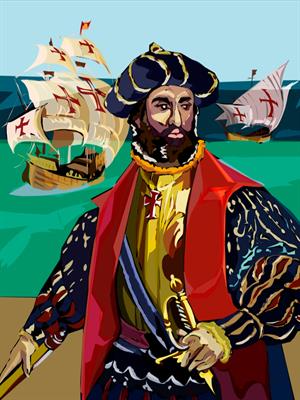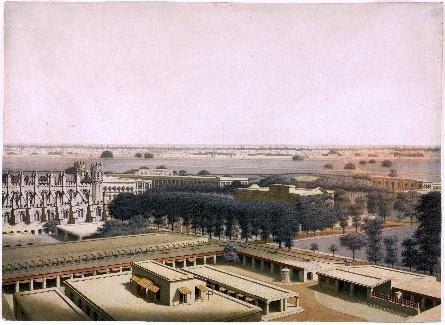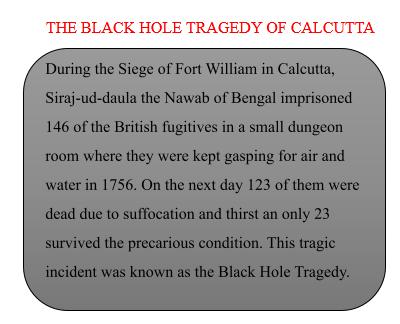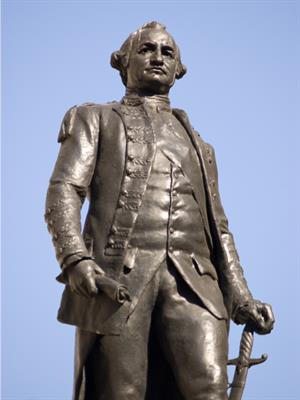
PUMPA - SMART LEARNING
எங்கள் ஆசிரியர்களுடன் 1-ஆன்-1 ஆலோசனை நேரத்தைப் பெறுங்கள். டாப்பர் ஆவதற்கு நாங்கள் பயிற்சி அளிப்போம்
Book Free DemoArrival of Vasco da Gama
- Ancient Seafarers of Europe set on a voyage expedition in search of trade and territorial expansion in other parts of the world. The Portuguese, in particular, had an interest in the landscapes of South East Asia, which brought them closer to the lands of India.
- In 1498, a Portugal trade merchant cum Sailor named Vasco da Gama set a voyage to explore a new trade route between the Europe and Indian subcontinent, where the ruler of Calicut Samorin received him.

Vasco Da Gama
- This trade advent of the Portuguese paved way for the arrival of other European powers including the British which led them towards their Ideology of territorial expansion in later stages.
The British Meddling
The British people who came to India as traders gradually began their commercial exploitation of the Indian resources, which did not go well with the native traders. Slowly upping their dominance, the British started to misuse the trade privileges offered by the Indian rulers, which irked them.
The British East India Company (BEIC) entered into conflict with the native rulers, which later blown out to be a full-scale war.
The British East India Company (BEIC) entered into conflict with the native rulers, which later blown out to be a full-scale war.
The Build ups to the Battle
- Earlier the British were having a cordial relationship with the Nawab of Bengal and had offered assistance and protection in case of an attack from external forces. This unwritten agreement between the Nawab and the BEIC had disruptions when Siraj-ud-daula took the throne of Bengal’s Nawab.
 \
\Fort William - Calcutta
FORT WILLIAM (KOLKATTA): This fort was built on the banks of the Hooghly river in 1696 by the BEIC under the name of King William III.
The Nawab’s First Blood
- The British had control of Fort William in Calcutta, Siraj-ud-daula, the Nawab of Bengal, was highly irked by the fortification action by the Britishers, which led the Nawab to take back the control of the fort, where the Nawab is drawn his First blood by defeating the British forces in Calcutta.
- During the assault, Siraj-ud-daula gave excessive punishment to the captured British fugitives, which was considered a tragedy among historians.

- After experiencing the assault of the Nawab on the British forces during his siege of Calcutta, the BEIC was ready for the payback, which was known as the Battle of Plassey which saw the face-off between the forces.
The Battle of Plassey (1757)


- Robert Clive, the British general, was appointed to take control of the situation and teach a lesson to the aggressive Nawab. He entered into a secret pact with Mir Jafar, the commander-in-chief of the Nawab’s army.

Robert Clive
- On the other side, the Nawab was further irritated by the act of the British, where they gave political asylum to Krishna das, who was wanted by the Nawab.
- The Battle lines are drawn, and it took place on the banks of the Bhagirathi river.
- The allied forces of the Nawab and the French could not withstand the might of the company forces, which made them to fall like a pack of cards.
- Hence, the British gained a strong foothold in India after the Battle of Plassey, where the Nawab was made to sign a treaty named Treaty of Alinagar (the name of Calcutta as renamed by the British Forces).
- Thus, the foundation for British rule in India was laid by the Battle of Plassey.